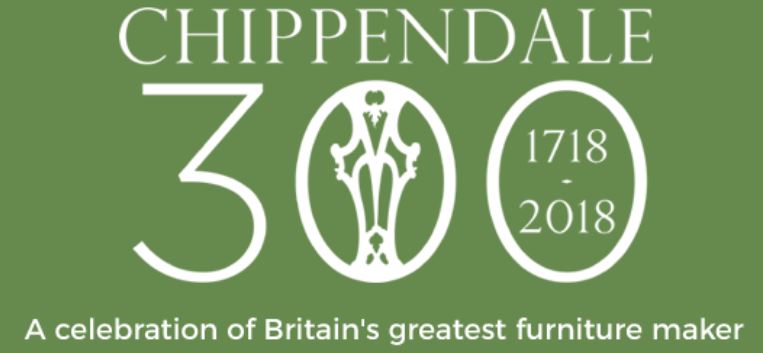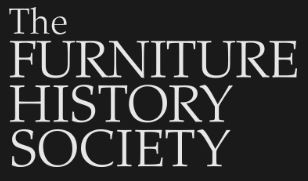In a fitting conclusion to the Chippendale tercentenary, The Furniture History Society has devoted its entire 2018 journal to current scholarship related to Thomas Chippendale the elder.
Arguably the most interesting of these journal articles was one penned by independent furniture scholar Ulrike McGregor. In it, she argues for Chippendale’s innovative use of newspaper advertising to puff not just the sales of The Gentleman and Cabinet-Maker’s Director but also the Chippendale workshop generally. While as Ms McGregor lauds Chippendale’s entrepreneurship, kudos must be given her, as well, for her use of modern research methods to gain insight into Chippendale’s use of print media.
Using the British Library’s newly digitized Burney Collection of 17th and 18th century newspapers, Ms McGregor was able to collate the advertisements placed over time not just by Chippendale but his contemporaries. With Chippendale’s placements unique in their content, and extensive in their number, McGregor argues that this very much assisted in lifting Chippendale from obscurity and moved him into the vanguard of not only furniture design but into a position of leadership amongst the cabinetmakers of his day.
I would certainly not argue with anyone making a claim for Chippendale as an innovator, certainly in terms of the unique qualities and influence of The Director… and the success and longevity, despite many vicissitudes, of the Chippendale workshop. What does seem lacking if not entirely absent is an acknowledgement of the debt, quite literally, owed to James Rannie, Chippendale’s partner in the St Martin’s Lane workshop that was responsible for the extraordinary commissions that solidified the name Chippendale made for himself with the publication of his pattern book.
While McGregor acknowledges Rannie as Chippendale’s financial partner, she does so in so far as an ownership interest in the St Martin’s Lane workshop, and others cite the lease of the premises in the names of both Rannie and Chippendale, and date the beginning of the relationship from that time. However, there were clearly significant costs associated with not just the establishment of the workshop but also with the publication of The Director… that must have been fronted by someone. Indeed, prior to the opening of the St Martin’s Lane workshop, Chippendale occupied only meagre lodgings nearby shared with Matthias Darly, the engraver of the plates used to reproduce Chippendale’s designs. McGregor estimates just the cost of the initial advertisement of the publication of The Director… to have been between £5 and £7, and one is left to opine that cumulatively the extensive use of print advertising employed by Chippendale at this time must have cost much, much more. Indeed, McGregor cites forty-seven advertisements related to The Director… published between March, 1753 and December, 1754.
Although in contemporary Chippendale studies James Rannie is not the forgotten man, he is, I’d wager, the underappreciated man. It is generally assumed that Rannie was a man of property who brought only cash to the endeavors of Chippendale, but one wonders to what extent it was Rannie himself who gave primary impetus, supported by his own cash. What is known is that, upon Rannie’s death it was he who owned the lion’s share of the Chippendale workshop, such that it required the liquidation of the workshop’s stock in trade to satisfy the terms of Rannie’s will. Rannie was clearly not just a sleeping partner.
In fairness, though, there is little or no documentary evidence about the finances of Chippendale in the early years- and precious little later on- and nothing so far as is known about James Rannie from this early period, save his name jointly with Chippendale on the lease of the St Martin’s Lane workshop. The archives of Drummond’s Bank have but a handful of entries related to Chippendale, and nothing to do with Rannie. Indeed, very little conclusion about the start of the relationship between the two men can be derived but, as I have done so here, by inference.
At the conclusion of the Chippendale tercentenary, there still remains at least one skeleton, that of James Rannie, rattling around in the cupboard. Indeed, of the extensive advertising campaign that Ulrike McGregor cites, included are adverts published in James Rannie’s home country of Scotland, in Scots Magazine, Edinburgh Evening Courant, and the Caledonian Mercury. It will be an intriguing subject for future study to determine to what extent Thomas Chippendale sprang from obscurity, fully formed as a designer, craftsman- and self-promoter- or was aided and formed by the good offices and ample supply of cash of James Rannie.


